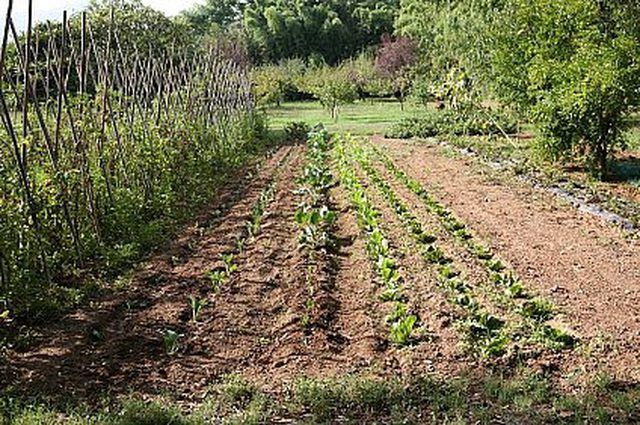Bulbs
Flower Basics
Flower Beds & Specialty Gardens
Flower Garden
Garden Furniture
Garden Gnomes
Garden Seeds
Garden Sheds
Garden Statues
Garden Tools & Supplies
Gardening Basics
Green & Organic
Groundcovers & Vines
Growing Annuals
Growing Basil
Growing Beans
Growing Berries
Growing Blueberries
Growing Cactus
Growing Corn
Growing Cotton
Growing Edibles
Growing Flowers
Growing Garlic
Growing Grapes
Growing Grass
Growing Herbs
Growing Jasmine
Growing Mint
Growing Mushrooms
Orchids
Growing Peanuts
Growing Perennials
Growing Plants
Growing Rosemary
Growing Roses
Growing Strawberries
Growing Sunflowers
Growing Thyme
Growing Tomatoes
Growing Tulips
Growing Vegetables
Herb Basics
Herb Garden
Indoor Growing
Landscaping Basics
Landscaping Patios
Landscaping Plants
Landscaping Shrubs
Landscaping Trees
Landscaping Walks & Pathways
Lawn Basics
Lawn Maintenance
Lawn Mowers
Lawn Ornaments
Lawn Planting
Lawn Tools
Outdoor Growing
Overall Landscape Planning
Pests, Weeds & Problems
Plant Basics
Rock Garden
Rose Garden
Shrubs
Soil
Specialty Gardens
Trees
Vegetable Garden
Yard Maintenance
How to Till a Garden
How to Till a Garden. Preparing to plant a home garden starts with tilling the soil. This is a crucial step because tilling flips over the garden's top layer of soil to uncover fresh soil below. Till your garden to achieve maximum results for flower beds and homegrown fruits and vegetables.

Preparing to plant a home garden starts with tilling the soil. This is a crucial step because tilling flips over the garden's top layer of soil to uncover fresh soil below. Till your garden to achieve maximum results for flower beds and homegrown fruits and vegetables.
Determine if the soil is ready to till in March or early April. If it is sticky and clumped together, wait another week and retest. If the soil crumbles when you squeeze it in you fists, it is ready to till.
Test your garden soil to see if you must add any nutrients. Soil test kits are available at garden centers and, in some states, are free at a local agricultural extension office.
Till the soil with a garden tiller, including areas under any crop or crop residue left over from the fall. Tillers are available for rent at most home improvement centers and tool rental stores.
Loosen the soil down to a depth of between 6 and 8 inches. This allows for good root growth in the soft, cultivated soil.
Add lime, manure or organic compost according to the results of your soil test. Wait to add chemical fertilizers until just before planting because they may leach away if added too early.
Work your additives into the soil with the tiller. Mix the additives deep into the soil where they are most beneficial to your plants.